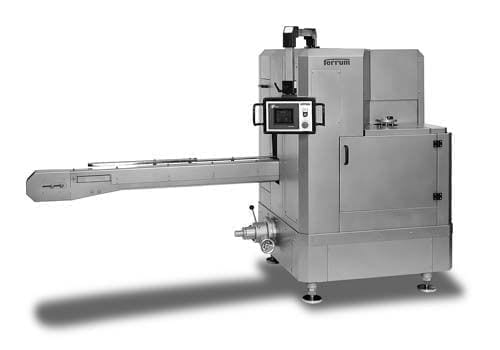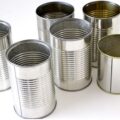The varnish defect called “eyeballing” is a common problem in the metal packaging industry. This defect is characterized by the appearance of small unvarnished circular areas on the surface of the material, which may affect the quality and appearance of the package. A detailed analysis of this defect, its causes and possible solutions is presented below.
- Causes of the defect “eyeballs”:
a) Dust particles on the surface of the material: The presence of dust particles on the surface can cause lack of adhesion of the varnish, resulting in the formation of “eyes”. It is crucial to keep the surface of the leaves perfectly clean to avoid this problem.
b) Excessive oil residue: Excessive oil on the surface of the material can prevent the varnish from adhering properly, leading to the formation of “eyes”.
c) Defects in the tinplate passivation: Inadequate passivation of the tinplate can cause problems of adhesion of the varnish, resulting in the appearance of “eyes”.
d) Surface finish of the sheets: An inadequate surface finish of the sheets may affect the adhesion of the varnish and cause the formation of “eyes”.
e) Varnishes in poor condition: The use of varnishes in poor condition may affect the quality of the coating and cause the appearance of “eyes”.
f) Application of varnish on very cold sheets: Applying varnish on sheets at very low temperatures can make it difficult for the varnish to adhere, resulting in the formation of “eyeballs”.
- Solutions to prevent and correct the “eye defect”:
a) Keep the surface of the sheets clean: Ensure a clean and dust-free working environment, as well as proper storage and handling of the sheets.
b) Control the amount of oil on the surface of the material: Regulate the use of oil and eliminate the excess before applying the varnish.
c) Ensure proper tinplate passivation: Verify and optimize the passivation process to ensure proper adhesion of the varnish.
d) Improve the surface finish of the sheets: Ensure a uniform and adequate finish to facilitate the adhesion of the varnish.
e) Use good quality varnishes: Check the quality and condition of the varnish before application.
f) Control the temperature of the sheets: Ensure that the sheets are at a suitable temperature before applying the varnish.
In summary, the “eyeball” varnish defect can be prevented and corrected by implementing good cleaning practices, quality control and process optimization in the metal packaging industry.















0 Comments